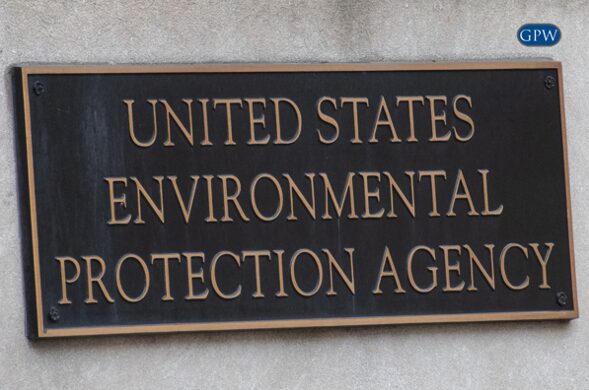Asbestos in Shipyards
Shipyard workers have a high rate of asbestos exposure and ultimately asbestos-related illnesses when compared to other tradesmen, steelworkers, and chemical plant workers. This is because asbestos use among shipyards and throughout the navy was seen as a critical part to the industry. In an industry where fires are detrimental, the heat resistant qualities of asbestos were useful; its insulating abilities, the fact it would not corrode easily, and its abundance made asbestos desirable and ultimately used in nearly every part of ships. Hundreds of asbestos-containing products and parts were used on ships until the 1970s; decades after the dangers of asbestos began to come to light.
Since asbestos was used throughout most of the shipbuilding and repair process, workers on the ships, no matter their station and occupation, were most likely exposed. Workers who worked in the boiler and engine rooms used asbestos for insulation purposes on pipes, gaskets, and valves. Those involved in the construction, maintenance, and repair of the ships were exposed to asbestos when asbestos fibers in products became airborne. Asbestos was even mixed in with paint, so workers whose job it was to paint and repair the vessels were most likely exposed as well.
The asbestos industry in the United States took off mid-20th century, which was around the time of WWII and the Vietnam War. These two historic events caused the shipyard industry to boom, as military vessels were needed by the thousands to protect the country. Asbestos use was at its peak during that time, and with so many people working with and using the carcinogen, asbestos exposure was prevalent. Even though asbestos fibers are easily inhaled, it can take decades for symptoms of lung cancer, asbestosis, and mesothelioma to appear. This means that those working in shipyards during the height of asbestos use are seeing the effects of asbestos exposure today.
Asbestos is now heavily regulated in the United States, but for many shipyard workers, the damage has already been done. For the family of Chester Hebert, they know the devastating outcome of asbestos diseases all too well. Hebert was a retired military veteran, having served two years in the United States Navy in WWII. While his time in the navy was short, there is no safe exposure limit when it comes to asbestos. That two-year period in the navy was enough time for Chester Hebert to inhale the carcinogen. His family believes that Chester’s death in early 2016 was because of the asbestos-laden products that were used in the shipyard.
It’s unfortunate that our veterans, after bravely serving our country, could be plagued with terrible illnesses due to companies putting profits above workers’ health. The Occupational Safety and Health Administration is supposed to protect and assure laborers that they are working in a safe and healthy environment. At Goldberg, Persky & White, P.C., (GPW) we do not tolerate work place violations. If you are suffering from a life-threatening illness that may have been caused by asbestos exposure, contact the attorneys at GPW for a free, no obligation consultation.
Source:
Carrie Bradon, “Family claims asbestos caused death of their loved one,” Louisiana Record, (February 8, 2017). [Link]



